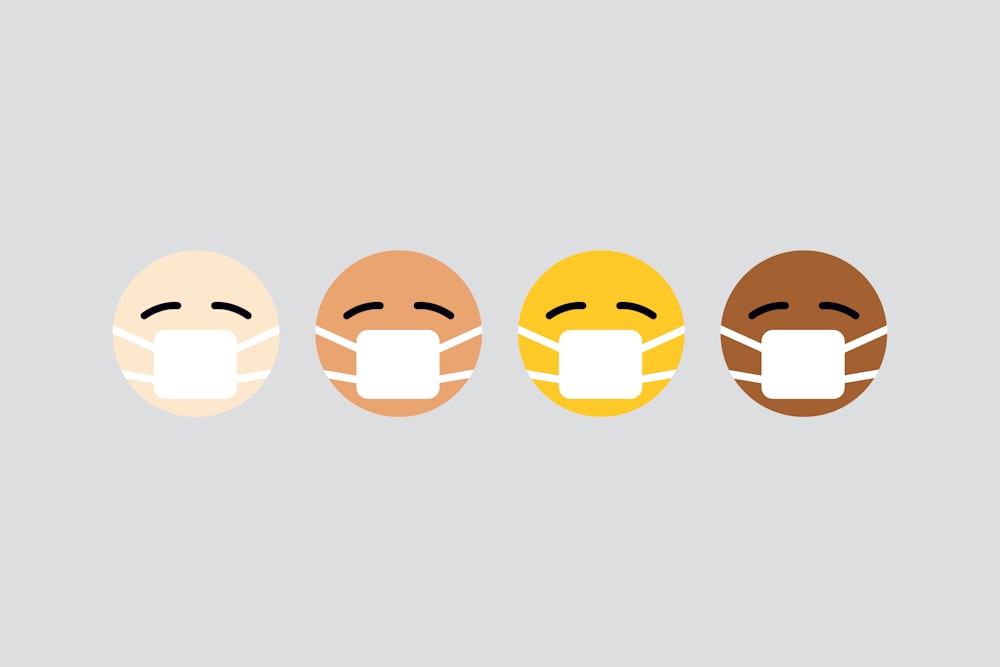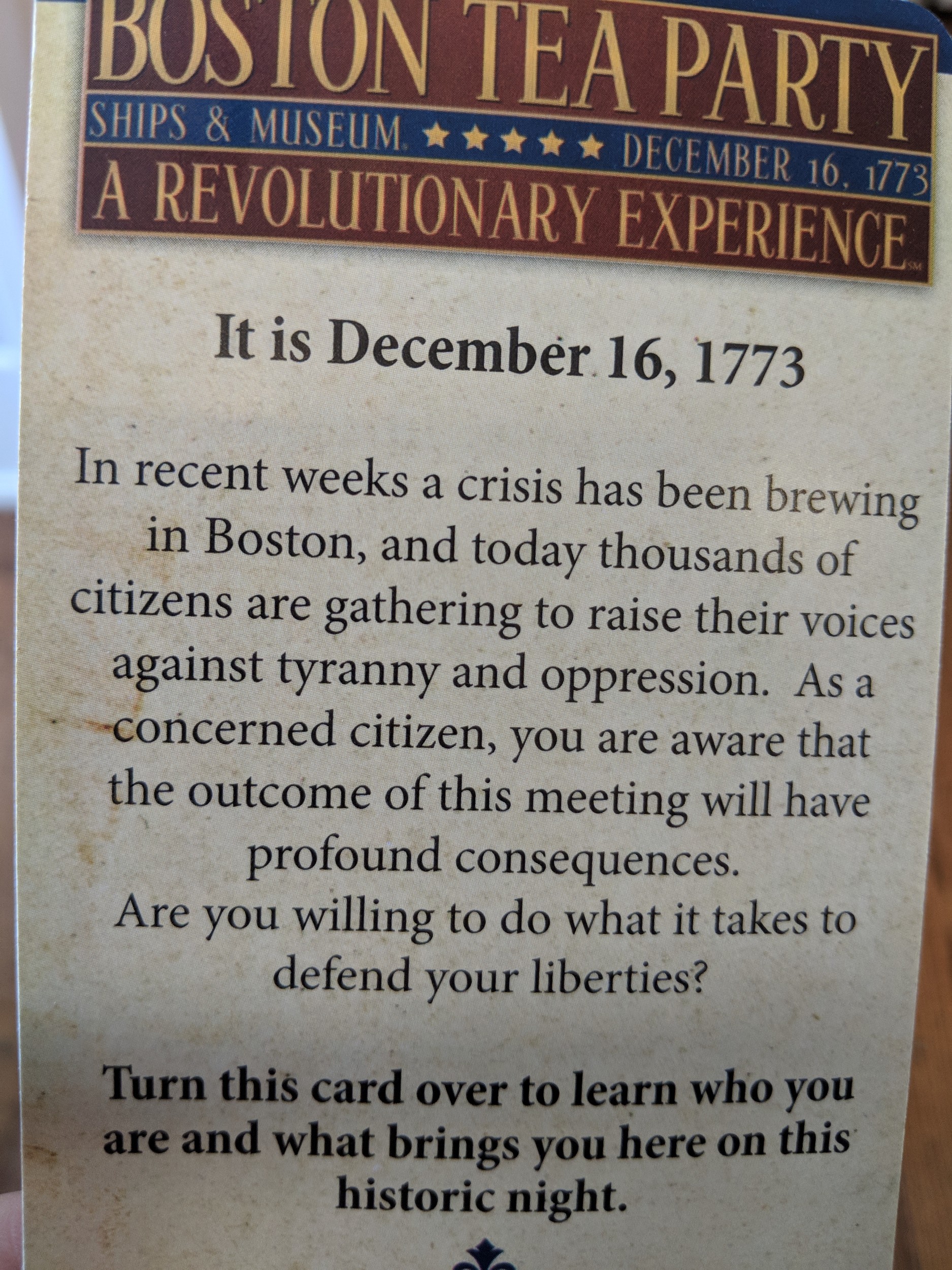5 Reasons it’s OK to be not OK right now

Is it OK to be not OK?
The Dictionary defines OK as “all right; proceeding normally; satisfactory or under control; … doing well or in good health; managing adequately.” But is it OK to be not OK?
By that definition, very few of us can honestly say we’re OK during these uncertain times, if only because we violate one of the first aspects of the definition: proceeding normally. There is nothing normal to us in a world where we’re confined to our homes, wearing masks in public, worshipping online instead of in person, and our children are not in school in April.
Let me begin here with a caution –
I am not a mental health professional. None of this is meant as counseling. If that’s what you are looking for, please call one of the numbers at the bottom of this post.

#1: you are an individual
Medical News Today says that anxiety is “the feeling of fear, worry, or unease, which most people experience occasionally. The stressful or unfamiliar situations and events that cause these feelings are what people call anxiety triggers.” Everyone has different triggers, and identifying them is one of the most important steps to managing anxiety attacks.
The things that cause you fear and uneasiness are not always the same things that frighten me. Therefore, what works to break the cycle for you may not work for me.
For me, knowledge is power. When I am faced with an anxiety-producing situation, I research. Google is my best friend. By unlocking the reasons that things work the way they do and analyzing the expected outcomes, I can better wrap my head around what I need to do to get through to the next day, or maybe just to the next hour.
When COVID-19 first broke, I spent time researching how to disinfect my house while my husband (an essential worker) continued to go out into the world every day. I read article after article about what this virus is made of and how to kill it. This information gave me peace of mind because I knew that I was doing everything I could to keep us safe. And that’s all I can do. My best.
So you do you, boo. (OK. That was SO not me!!!) But what I mean is that once you develop your own healthy coping mechanisms, you can use your own individual way of coping. If you don’t know what that way is, please call one of the helplines listed below.
#2: you are not out of control
A counselor told me many years ago that anxiety is all about control. Anxious thoughts stem from somehow feeling out of control in a given situation. Some people thrive on that feeling. And that’s great for them. They skip through life, making things up as they go.
Not me. My anxiety comes from not being able to control situations. So when my world feels out of control, I take that counselor’s advice and find something I CAN control. Usually, that means I clean things. Actual cleaning is not an activity I enjoy. I do it because it needs to be done. But putting objects in their place and wiping the dirt off the surfaces gives me a sense of accomplishment and control in my out-of-control world. It helps me to re-center and realize that I am not the general manager of the universe. Nor do I need to be,
#3: you are allowed to feel your feelings
Psychology Today says that actively processing and allowing ourselves to show up for our emotions is what heals all wounds. You must allow that feeling to visit. You must sit with it and allow it to teach you. But you must not allow it to overstay. Feel it. Cry. Scream. Laugh.
And then move on.
#4: you are unique
Your neighbor is killing it with the homeschooling. And your sister-in-law is dominating a new exercise routine. Cousin Suzy has planted the perfect vegetable garden. And your best friend is sewing masks like she’s under a deadline. But you can barely convince yourself to take a shower and get dressed each morning.
This does not mean you are failing. This means you may be in the same boat as everyone else in the world, but your storm looks different. At the neighbor’s house, it’s only sprinkling because she has always wanted to be a teacher. It’s a light rain at your sister-in-law’s house, because she’s always been into fitness. Cousin Suzy and your best friend both know it’s raining pretty hard. Being busy is their way of coping with stress, so they hardly even notice. But in your world, the hurricane is blowing full force.
You will be OK. Not because I said so. I know that won’t fix it. You’ll be OK because you choose to face the storm and celebrate the small victories.
#5: you are normal
In a blog post on Crosscut, Peter Rosencrans, a therapist and doctoral student at University of Washington Department of Psychology’s Center for Anxiety & Traumatic Stress, says it’s normal to be anxious during a pandemic and feel like your mood is more variable than usual. “Anxiety is a response to a perceived threat to our safety. Feeling sad or anxious in and of itself is not dangerous. They’re temporary reactions. Just remind yourself: It’s normal to feel this way. That reminder can be comforting in itself.”
The struggle is real
Isolation, ambiguity, and uncertainty only add to the stress that can result from dealing with anxiety and depression or other mental health issues. All of these require a great support system. This can be family, friends, councelors, group therapy, or anything else that reassures you that you are not alone in your struggles.
I’ve written before about how I’ve used schedules and routines to cope with anxiety. Here is a post about planning. This post contains information about planning and coping with stress. But it’s difficult to make plans beyond today when we don’t know what tomorrow will bring. So my new routine is planning one day at a time.
Thankfully, many helplines exist if you need answers to your questions. Almost all of us have never been in our current situation before – loss of income, insufficient child/elder care, lack of social and physical interaction, inability to patiently teach the children. The list goes on and on. Every struggle is real.
Helplines
Here are some places you can reach out to:
National Alliance on Mental Illness Helpline: 1-800-950-6264
Federal Disaster Distress Helpline: 1-800-985-5990
Throughout Ohio, you can access the Crisis Text Line by texting the keyword “4hope” to 741 741 to be connected to a trained Crisis Counselor. Data usage while texting Crisis Text Line is free and the number will not appear on a phone bill with the mobile service carrier. People of all ages can use Crisis Text Line.











 to this!!
to this!! 















 Whaddaya know — I work for the newspaper!!
Whaddaya know — I work for the newspaper!!



